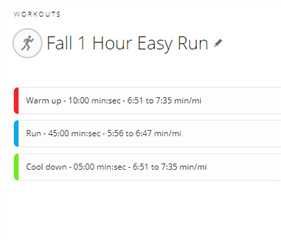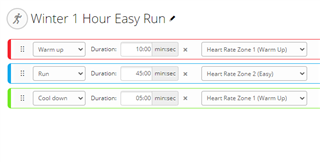I've been testing out the new daily suggested workout feature this week. What would be very helpful and appears currently missing is a preview of *tomorrow's* workout. I run in the morning before work and need to be able to preplan the time expected for the next day's workout so I can set my alarm clock accordingly.





